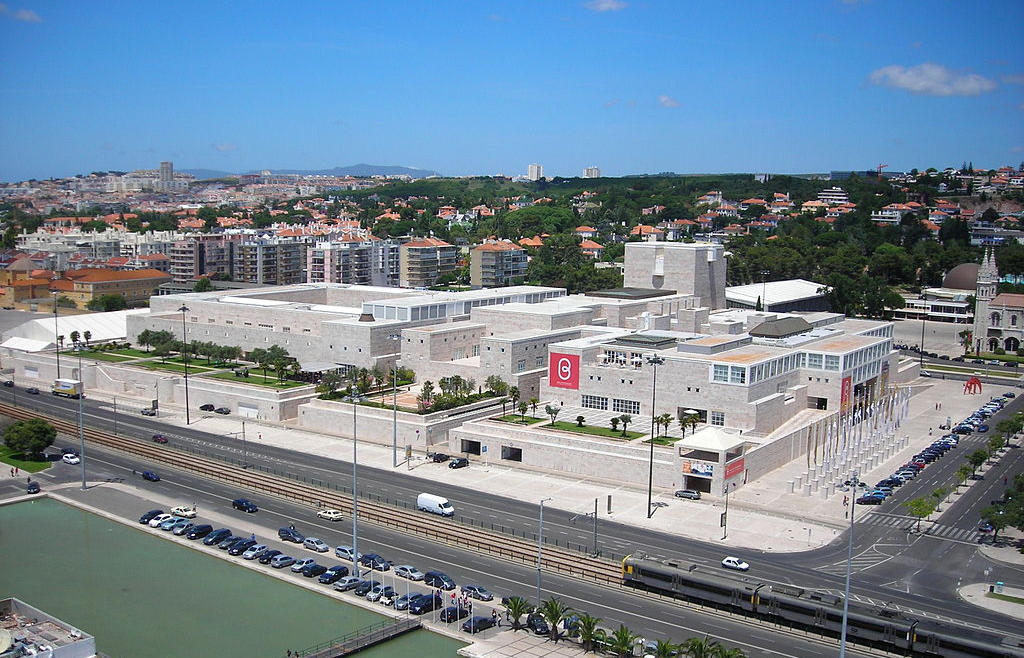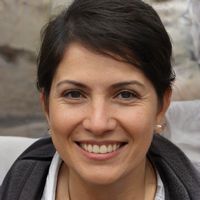The decision to build the Belém Cultural Center was made in January 1988, driven by the Portuguese government's recognition of the need for a dedicated facility to host the works of Portugal's European Union Presidency in 1992. The objective extended beyond the Presidency, envisioning the center as a core facility for cultural and leisure activities, conferences, and exhibitions. An international architectural competition was organized, attracting 57 submissions and resulting in six proposals invited to present preliminary projects. Ultimately, the architectural consortium of Vittorio Gregotti from Italy and Atelier Risco, led by Manuel Salgado from Portugal, emerged victorious. Their winning design incorporated five modules: a Conference Centre, a Performing Arts Centre, an Exhibition Centre, a Hotel, and a complementary equipment zone. However, only the Conference Centre, the Performing Arts Centre, and the Exhibition Centre were initially constructed.
The construction process began in July 1989, involving the demolition of existing buildings along the waterfront and the subsequent restoration of various infrastructures. By January 1992, modules 1, 2, and 3 were completed and ready to accommodate the institutions, administration, communication center, and security for the European Union Presidency. Over the following year, the Conference Centre, small auditorium, and Exhibition Centre were opened to the public. In September of the same year, the main auditorium welcomed its first visitors.
Throughout its existence, the Belém Cultural Center has served as a venue for a range of significant events, including the summit meeting of the heads of state of the Organization for Security and Co-operation in Europe (OSCE). Its strategic location in the parish of Belém situates it near the riverfront, west of Lisbon. The center finds itself surrounded by iconic historical landmarks such as the Jerónimos Monastery, the Palace and Tower of Belém, the National Museum of Archaeology, the Planetarium, and the Monument to the Discoveries. Positioned adjacent to the Praça do Império (Imperial Square), the center's architectural presence complements the surrounding structures, blending seamlessly with the rich heritage of the area.
With a total construction area of 140,000 m2, the Belém Cultural Center was completed in a remarkably short period from 1989 to 1992. The project was undertaken by architects Vittorio Gregotti and Manuel Salgado, with interior design planned by Daciano Costa. The center's design showcases a thoughtful layout, with structural blocks interconnected by courtyards and "patio-squares." These spaces establish a harmonious link between the three principal structures: the Conference Centre, the Performing Arts Centre, and the Exhibition Centre. The interior architecture extends the historical urban structure of Lisbon, with transversal "streets" connecting the building's various spaces. This approach creates a sense of centrality, effectively blending the center's interior with the urban fabric, ultimately fostering a vibrant public space.
Lisbon.vip Recommends
The facilities within the center cater to a diverse range of artistic and cultural endeavors. The Conference Centre acts as a vital link to various business and professional sectors, providing support for conferences, meetings, and the operational services of the cultural center. It also encompasses stores, a restaurant, two bars, parking areas, and the Jacques Delors European Information Centre. The Performing Arts Centre serves as the core of the center's cultural and artistic activities, housing two auditoriums—one with 1,429 seats and another with 348 seats—alongside a rehearsal hall that accommodates 72 seats. This versatile space is designed to host film screenings, opera performances, ballet productions, theatre plays, and music events. The Exhibition Centre features four galleries dedicated to modern art, architecture, design, and photography, creating a platform for diverse artistic expressions. Additionally, the center houses cafés and shops. Since June 2007, it has served as the venue for the Foundation of Modern and Contemporary Art, housing the Berardo Museum Collection.
Complementing these primary facilities, the Belém Cultural Center offers additional services such as the Educational Service, which fosters connections between the Foundation and schools of various levels, as well as other institutions. The Training Service, another offering of the center's foundation, provides courses, seminars, and conferences aimed at enriching knowledge, acquiring new skills, and specializing in different areas of arts and culture.
In conclusion, the Belém Cultural Center stands as a testament to Portugal's commitment to fostering artistic expression, cultural exchange, and intellectual growth. Its sprawling complex, encompassing the Conference Centre, Performing Arts Centre, and Exhibition Centre, showcases the architectural prowess of Vittorio Gregotti and Manuel Salgado. With its strategic location in Belém, Lisbon, the center seamlessly integrates into the surrounding historical context while providing a dynamic and inspiring space for conferences, exhibitions, and performances. From its inception as a venue for the European Union Presidency to its ongoing role as a thriving cultural hub, the Belém Cultural Center continues to contribute significantly to Portugal's vibrant arts and cultural landscape.
Map View



